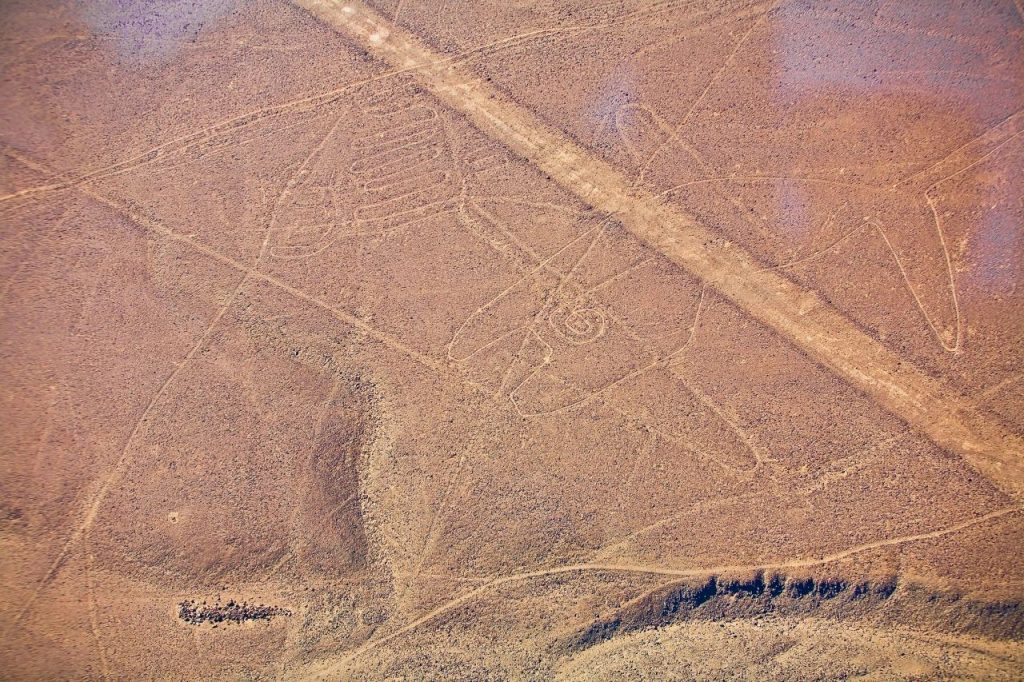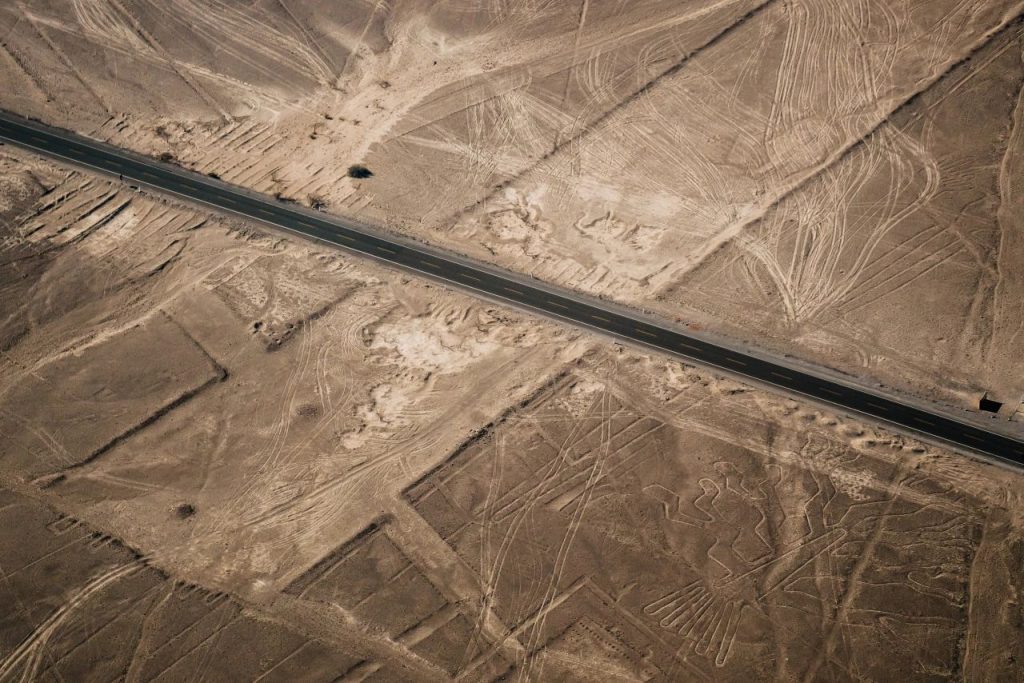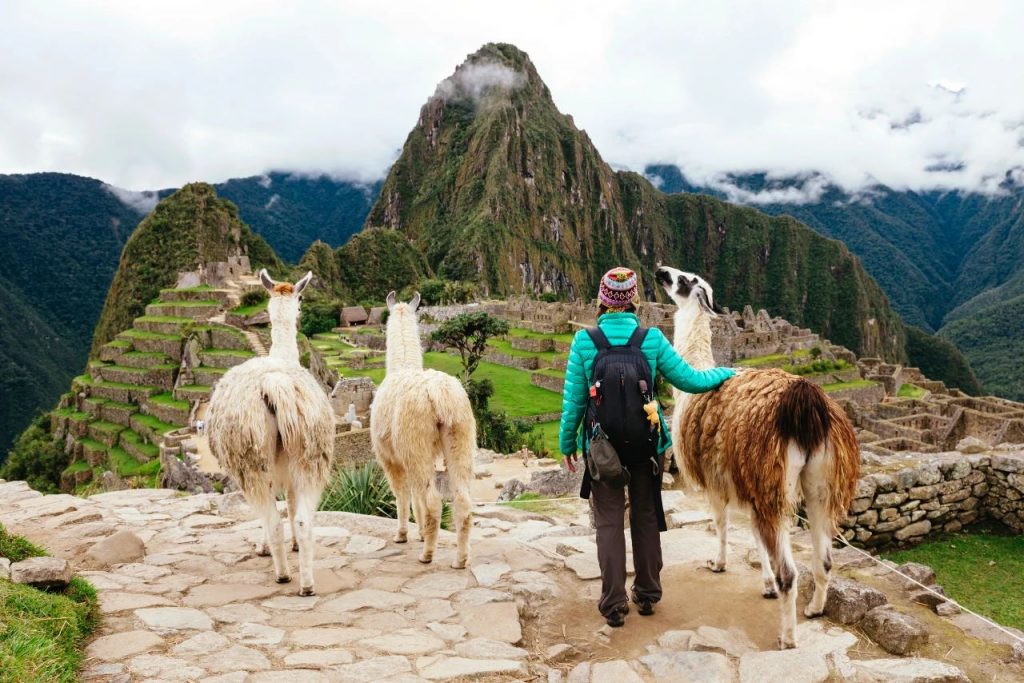Located in Chitwan National Park in southern Nepal, it is a vast virgin forest, which is considered to be an important habitat for the rare wild animal in the world-the unicorn rhinoceros (Rhinoceros unicornis).
My friends and I followed the local guide and trek through the virgin forest for two days just to see the true face of the unicorn rhino.

One-horned rhino in the primeval forest
The unicorn rhino is named after a big sharp horn on its head. It has a huge body, sturdy limbs and a hard skin like armor. It is said that there is a kind of “unicorn” in ancient Tianzhu, and the unicorn is its incarnation.
The big hard horn of the one-horned rhinoceros is considered an extremely precious medicinal material. It is said that a wine glass made of rhinoceros horn can also identify whether the wine is poisonous and the price is extremely expensive. In Arab countries, the possession of rhino horn products is also a symbol of social status. In Yemen and Oman, rhino horn is used to make knife handles, sword hilts, dagger handles, etc., symbolizing the noble status of the owner. Therefore, the price of rhino horn on the black market once reached hundreds of thousands of dollars, so the unicorn rhino also attracted crazy poachers.
In order to make huge profits, poachers hunted and killed the unicorn rhinoceros, and bloodyly harvested rhino horns, which once led to a sharp decline in the number of unicorn rhinos. Today there are only about 2,000 heads left in the world, and most of them live in Chitwan Forest Park.

Poachers hunt and kill unihorn rhinoceros for their unique rhino horns
Chitwan National Forest Park
If you want to find a unicorn rhino, you must first take a canoe into the jungle. We made an appointment with the guide and met by the river early the next morning.
In the early morning of the next day, we came to the Rapti river early, and the guide had already arrived. It was foggy, the river was white, and occasionally egrets flew by.

Egret by the Rapti River

Crocodile

the Rapti River
The guide is an enthusiastic Nepalese young man who speaks fluent and difficult English. He greeted us on a simple canoe and kept emphasizing: “Don’t put your hand in the water!” Then he told us that a few years ago, a German woman put her hand in the water to tease the crocodile, and was bitten off by half of her arm.
We got on the canoe and drifted on the misty river in the morning. The canoe was about 10 meters long, and there were some small benches scattered on it for the tourists to sit down. A canoe can hold about seven or eight tourists, and the boatman stands on the bow with a large bamboo pole. After everyone sat down, the boatman moved the bamboo poles and the canoe slowly moved forward towards the virgin forest ahead.

Tourists take a canoe into the forest


Inside the forest park
Chitwan means “the heart of the jungle”. In ancient times, from Pakistan to the Indus Valley to the border of Myanmar, there were dense virgin forests, and Chitwan was just in the center of this virgin forest.
Like its name, Qi Tewang is full of vitality and wildness. There are tall and lush Sals, kapok trees, large green bamboo forests, and vine plants that are tightly entwined with trees like a giant python.
In history, for a long time, Chitwan was a special hunting ground for British and Indian royal families and nobles, and outsiders were not allowed to enter.
In the 1960s, a large number of landless farmers poured into Chitwan. They cut down forests and opened up farmland. With the destruction of a large number of habitats, coupled with the proliferation of poachers, the number of unicorn rhinos has dropped sharply. In order to protect the unicorn rhinoceros and other wild animals, the Nepalese government established Chitwan National Forest Park in 1973 and moved out more than 20,000 farmers. However, it was not until the park began to station troops and patrol, and the number of poachers decreased gradually. The number of horned rhinoceros has picked up.
Garrison in Chitwan National Forest Park

Today, more than fifty kinds of mammals live in Chitwan Forest Park, such as sika deer, unicorn rhinoceros, Bengal tiger, wild boar, and wild elephants. In addition, there are more than 500 species of birds such as kingfishers, peacocks, and egrets. It is a large-scale natural wildlife park with abundant species and vitality.

Animals in Chitwan Forest Park: Egret

Peacock

Peacock

Deer

Elephant
Passing by the tiger
Our canoes walked slowly along the river. Both sides are large and small river beaches and grasslands. Occasionally, we can see local people mow the grass in the distance, and there are also local farmers riding elephants wading through the water in the early morning mist. And farther away is the endless virgin forest, and there is exactly the place we want to explore.
An hour later, the canoe reached the shore, and we followed the guide into the forest to look for the unihorn rhinoceros.
The guide warned us in advance: the unicorn rhinoceros is a herbivore, and if you don’t provoked it, it generally does not hurt people. But it is very sensitive to sound. If it is stimulated, it will become irritable and rush at an extremely fast speed. If unfortunately it is caught up, it will poke a big blood hole in your body with its huge rhino horn
In Nepal, rhinoceros kill people almost every year. Because rhinos can’t climb trees, they can only run in a straight line. Therefore, if they are chased by rhinos, they can follow the “S” route to escape, or hide behind or on trees.
It turns out that although the one-horned rhino eats grass, its character is not a vegetarian!

Enter the virgin forest to search for unihorn rhinoceros
We walked through the virgin forest and looked around curiously. From time to time there was the call of peacocks and cute monkeys jumping on the high branches. Occasionally, the figure of sika deer passed by the forest, but the sika deer was often very fast. Quickly, when we turned on the camera, it had disappeared, but it was just a glimpse.
Two hours later, we arrived at a watchtower, which is a two-story small wooden tower, and travelers can climb the tower and look far away. We climbed up the small wooden tower and saw the lush virgin forest in the distance, boundless, countless wild animals hidden in it, and nothing was seen.
We were walking along the path in the dense forest, when the guide suddenly turned his head, his face solemnly motioned us to follow him, we didn’t know what was going on, and followed him.
We ate a simple lunch on the high tower, and then we continued on, and after a short walk, we came to a dense forest.

After walking through the dense forest and coming to a clearing, the guide stopped and asked us: “What strange smell did you smell just now?”
I was wondering, there was a strong fishy smell coming from nowhere just now, and it was almost nauseating.
The guide said: “That’s the smell of tigers. A tiger passed by us just now.”
Our backs suddenly became cold and we were afraid for a while. The guide pointed to some paw prints on the damp ground and said that they were tiger’s footprints.

Tiger’s footprints
Meet the rhino in the narrow road
We walked in the jungle for a day, but did not see the shadow of the unicorn rhino. At night, we rested in a small village in the jungle and continued hiking the next day.
Our jungle trek ended in the afternoon of the next day, but apart from seeing some deer, peacocks, monkeys and other animals on the way, we did not encounter unihorn rhinoceros at all. Seeing our disappointed expressions, the guide promised us and took us to the tower inn in the forest park the day after tomorrow. There, rhinos, wild boars, and wild elephants will come out at night, and the bottom of the tower is overhead, so it’s on the top. It is safe to stay overnight.
In the afternoon of the next day, I followed my friends and strolled along the river. The other side of the river was the edge of the virgin forest, and it was also the place where we walked out the previous day. There are canoes by the river that can transport people to the other side. On a whim, we got on the canoes and crossed the river. There were local women mowing the grass by the river and women catching fish in the water.

Women catching fish by the river
Suddenly, a little partner pointed to the jungle and said, there are a few sika deer there. We looked in the direction he was pointing, and we saw a few sika deer grazing leisurely there. We were excited to approach the sika deer. The sika deer was very clever and ran into the jungle whenever there was a movement. Only then did we discover that it was not just a few sika deer, but a large group!

Shocked the herd
We chased the deer into the forest, and realized that there was a river pond. After the river pond, the deer herd had dissipated in the forest. We were about to return. At this moment, a little friend stopped suddenly and pointed with his finger. Ahead, my goodness, a big gray rhino is standing there, less than a hundred meters away from us.
We froze for an instant, and we all opened our eyes to look at this gray giant animal. It is much larger than a cow. It has a large unicorn on its head and wide folds at the shoulder blades. There are wide folds at the shoulder blades, under the neck and the joints of the limbs, and the whole body is like a thick armor.

Rhinoceros
In this way, we were caught off guard and met the unicorn rhinoceros.
When we think of the guide, we quickly figured out in our minds, is it to retreat slowly? Or run quickly? Will it catch up? It is said that this behemoth runs extremely fast, if it catches up, we have only a dead end.
We stared at it and stood in a stalemate for dozens of seconds. It seemed that it didn’t mean to attack us. We were about to retreat slowly, but it suddenly let out a muffled roar. We were so frightened that we didn’t dare to think anymore and turned around. I ran away, and forgot the instructions of the guide. I didn’t remember what S-shaped route to run and what to climb trees. I just ran desperately until I ran out of the jungle and reached a safe zone by the river before stopping. Everyone was panting. Gradually settled down, only to find that the big rhino did not chase.
Although it was frightened, it was a worthwhile trip to see this behemoth clearly after all.

Chitwan National Park Sign
Although we are fortunate to have seen the unicorn rhinoceros, the living environment of the unicorn rhinoceros is still not optimistic. Even though Nepal has been increasingly cracking down on poachers in recent years, it still cannot completely stifle poaching behavior. During this period, tourists were scarce and poachers became rampant. There were several incidents of poaching animals in Nepal.
I hope that mankind will strengthen the protection of unicorn rhinoceros. Years later, when our descendants walk into the forest, they can also see the living unicorn rhinoceros, instead of pointing to the photo and asking, this unicorn printed on Nepalese coins , What species is it? When did it become extinct? If that were the case, it would be too embarrassing for us.

Comments